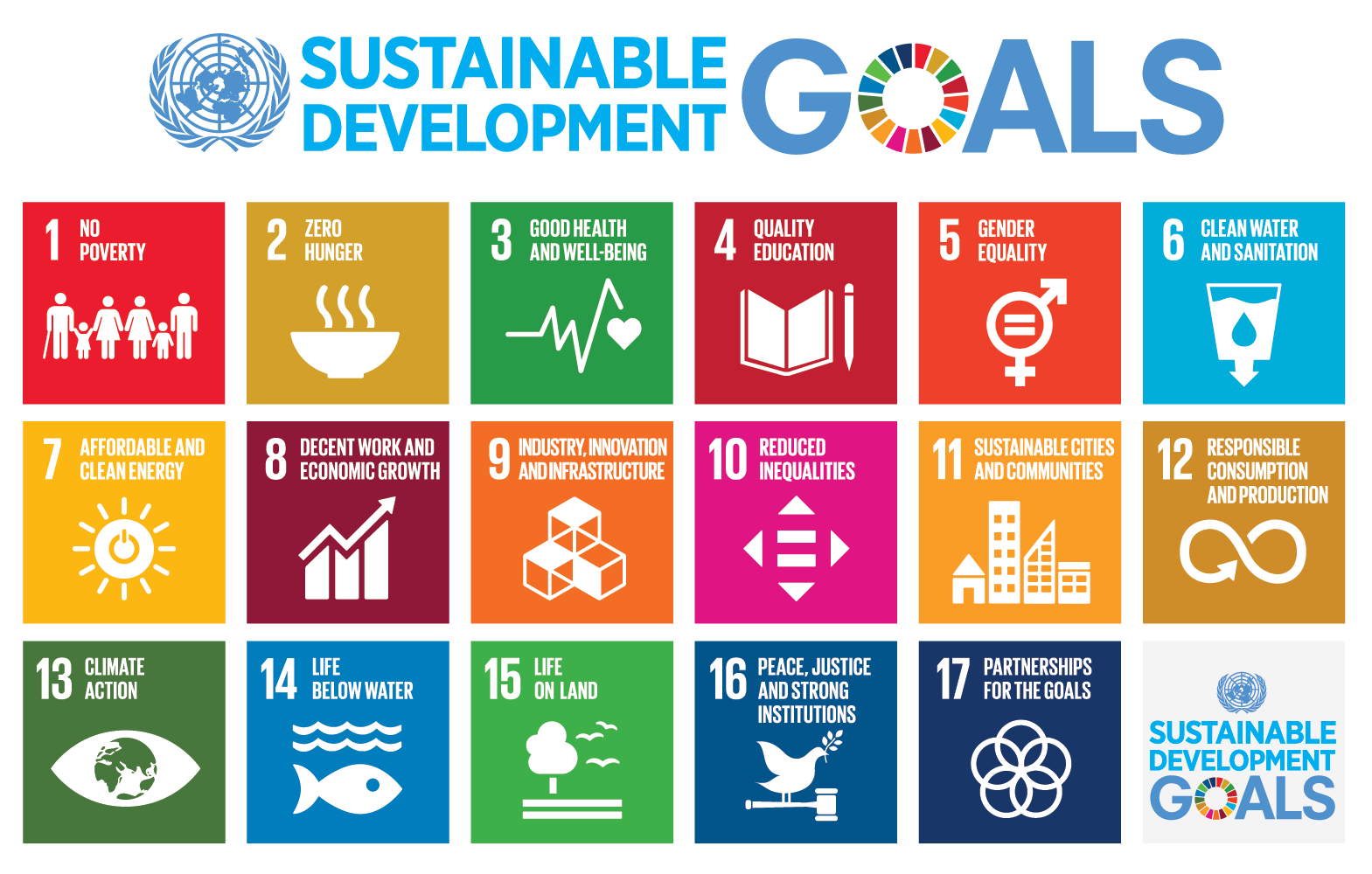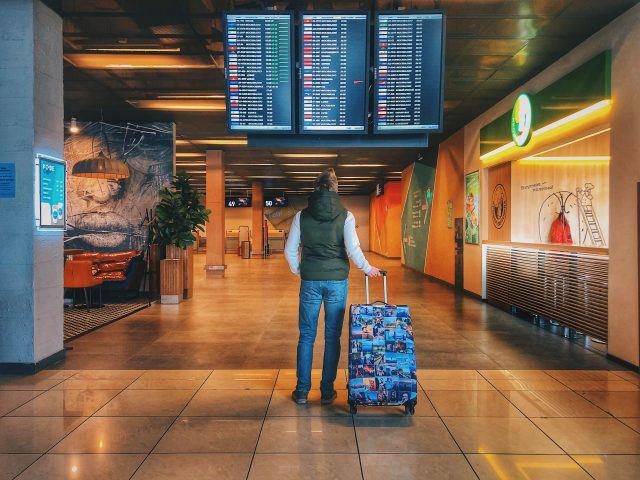How technology can contribute to more sustainable future of tourism?

The economic importance of tourism globally is recognized. It creates jobs and some places are dependent on it. In recent years its impacts and development have been discussed although these tend to stay behind the focus on the economic benefits. Tourism has negative environmental and socio-economic impacts, and the industry needs to find a balance between the level of economic growth, environmental conservation and socio-cultural impacts. 1 United Nations 2030 Agenda for Sustainable Development including Sustainable Development Goals (SDGs) was represented in 2015. Tourism was clearly mentioned in goals 8 (decent work & economic growth), 12 (responsible consumption and production) and 14 (life below water). 2 The development and role of information and communication technologies (ICTs) have become evident in tourism, and it is an especially significant player in the implementation of the SDGs in the industry. 3 This blog explains how technology can contribute to sustainable tourism by helping to achieve SDG’s!
The relationship between tourism, technology and sustainable development
Four stages of ICT development can be differentiated in tourism: opportunity, disruption, immersion and usurpation. These stages enabled things like computerized reservation systems, global distribution systems, websites of tourism companies, speed and easiness of reservations, and price competition. Through these stages, ICT became an evident part of the everyday life of many consumers. We use social media and innovations like Airbnb.4 ICT systems are widely used in tourism to support important activities in tourism, like accommodation, transportation and communication benefitting both suppliers and tourists. The adoption of them has been affected by changing the competitive scope. 5
 Photo by Danila Hamsterman on Unsplash
Photo by Danila Hamsterman on Unsplash
The Sustainable Development Goals (SDGs) by United Nations consist of 17 goals related to for example environmental conservation, climate, equality and poverty alleviation. According to the UN, “tourism can and must play a significant role in delivering sustainable solutions for people, the planet, prosperity and peace” and it “has the potential to contribute, directly or indirectly to all of the goals”. 2 The broad categories, in which the 17 SDGs for tourism can be grouped under, are economic (Goals 1, 7, 8, 9, 10, 11, 12), environment (Goals 6, 13, 14, 15), social-cultural (Goals 2, 3, 4, 5, 16) and governance (Goal 17). 3 ICT innovations in turn are often perceived as socially enriching and supportive of the SDGs. 4 Below are listed three things enabled by technology and how these contribute to the SDG’s!
Sharing economy platforms
Let’s start with a small bite. A potential contributor to a sustainable future with promising outcomes for SDGs is the sharing economy with its platforms widely used in tourism enabled by technology, like Airbnb and Couchsurfing. These platforms may enhance for example cultural learning and intercultural friendships and economic sustainability by providing access to the market for people from developing countries, women entrepreneurs and empowering small or rural businesses. It can be said that platforms provide access to underutilized resources, generate employment and could reduce resource consumption. 6 Thus, sharing economy platforms could contribute to multiple SDG’s 2: no poverty (1), gender equality (5), decent work & economic growth (8), industry innovation and infrastructure (9), sustainable cities & communities (11) and responsible consumption & production (12).
Tools for DMOs
Applying ICTs in destination management can boost sustainable tourism. Information and communication technologies can help destination management organizations (DMOs) in their work for sustainable tourism development by enabling several applications or tools that can be used for information management, fulfilling tourist satisfaction, supporting community participation, and trying to manage energy usage and its impacts, among others. These include for example Destination Management systems (DMS), Environment Management Information Systems (EMIS), Location Based Services (LBS), Community Informatics (CI), virtual tourism and carbon calculators. 7 ICTs can also offer new distribution channels and raise the level of communication and interaction with and between stakeholders. They have a major role in information collection, analyzation, management and distribution. They help to measure impacts, monitor and report. 8
One of the most important tools for destination managers for supporting efforts in sustainable tourism development is Destination Management Systems (DMS) which can be used for actions such as information management, marketing, resource management and tourist education. Environment Management Information Systems (EMIS) helps tourism planning and decision-making by offering valuable data on tourism impacts at the destination and monitoring emissions and waste management. Location Based Services (LBS) provide information on tourists’ specific locations helping destination management in terms of informing the tourists about sites and attractions to visit and educating them about sensitive locations, appropriate tourist behavior and sustainable choices in the destination. Community Informatics (CI) can be used to aid community engagement, heritage and tradition preservation, interpretation, community cohesion and education of tourists. It includes community involvement in decisions regarding tourism development and planning at the destination. Virtual Tourism (VT) in turn offers a new option for experiencing tourism products or service offerings. It can reduce the degradation of attractions by reducing tourist numbers and providing information about the destination leading to positive environmental impacts. Finally, a carbon calculator is a product innovation that informs tourists about their carbon footprint before and during their trip. 8 The use of technology-based tools in destination management help to achieve at least the SDGs 2 of reduced inequalities (10), sustainable cities & communities (11), responsible consumption & production (12), climate action (13), life on land (14) and partnerships for the goals (17).
Empowerment of local communities
ICTs can have significant direct and indirect impacts on the local community. Tourism literature has emphasized local communities as a key resource for sustainable tourism development, indicating the importance of their inclusion and involvement of them. Tourism, often utilizing the natural and cultural heritage of the communities, is important for community development and poverty alleviation offering employment also to women. With the help of ICTs, it is possible for small businesses to promote and manage their business and bookings. In addition to economic benefits for locals, it enables benefits such as skills development, better access to education, exposure to the world outside the community and strengthened confidence and community engagement. For example, the research found that ICTs had a big role in community development in Malaysia. The use of ICTS in homestay accommodations enabled the community more opportunities for education and ICT training. The local community learnt to use the various booking platforms for accommodation. Communities could improve their access to higher education and skills in hospitality due to the success of the business enabled by ICTs. In addition, with access to the internet the locals were able to educate themselves about environmental conservation. 9
 Photo by Adismara Putri Pradiri on Unsplash
Photo by Adismara Putri Pradiri on Unsplash
Wrap up
The use of ICT is not new in tourism, but it could be said, that the use for trying to move towards sustainable tourism is.8 For tourism, technology has enabled innovations and phenomena, such as sharing economy platforms, tools for destination management and empowerment of local communities. These contribute to several SDG’s aiming at poverty reduction, creating employment, economic growth and battle against inequality, simply a more sustainable future. Technology-based tools used by DMO’s help to tackle environmental issues in destinations and make their work more efficient and effective. Involvement of ICTs in tourism has been important, especially for local communities of destination as those help in support and inclusion of local communities in decisions, education of both locals and tourists, and provides opportunity and help to communities to preserve and share their local cultures and languages. The negative impacts of tourism can be mitigated with the help of ICT. 7
United Nations established 17 Sustainable Development Goals some years ago and stated that tourism can contribute to all of the goals. The application of technology for tourism and hospitality can contribute to the achievement of the SDGs. This blog post gives only some examples. The recovery of COVID-19 is, by the way, a unique opportunity in the tourism industry to evaluate the supporting role of tourism in the achievement of SDGs with the use of technology. 3 Could we say that technology is the way to sustainable tourism? At least it is safe to say that it is one of those that will get us there.
Sources
- Ali, A. & Frew, A.J. 2014. ICT for sustainable tourism: a challenging relationship? Information Technology & Tourism 14, 261–264. https://doi.org/10.1007/s40558-014-0020-x
- Tourism for SDGS 2021. Tourism & Sustainable Development Goals. [Tourism for SDGS website] Referenced on 15.12.2021. https://tourism4sdgs.org/tourism-for-sdgs/tourism-and-sdgs/
- Ali, A., Rasoolimanesh, S.M. & Cobanoglu, C. 2020. Editorial – Technology in Tourism and Hospitality to Achieve Sustainable Development Goals (SDGs). Journal of Hospitality and Tourism Technology,11(2), 177-181. DOI:10.1108/JHTT-05-2020-146
- Gössling, S. 2021. Tourism, technology and ICT: a critical review of affordances and concessions. Journal of Sustainable Tourism, 29(5), 733-750. DOI: 10.1080/09669582.2021.1873353
- Morais, E., Cunha, C., Sousa, J. & Santos, A. 2016. Information and communication technologies in tourism: Challenges and trends. Paper presented at 27th IBIMA Conference, 4-5 May 2016, Milan, Italy.
- Gössling, S & Hall, C.M. 2019. Sharing versus collaborative economy: how to align ICT developments and the SDGs in tourism? Journal of Sustainable Tourism, 27(1), 74-96. DOI: 10.1080/09669582.2018.1560455
- Ali, A. & Frew, A. 2010. ICT and its Role in Sustainable Tourism Development. Paper presented at the ENTER 2010: 17th International Conference on Information and Communication Technologies in Tourism, 10-12 February 2010, Lugano, Switzerland.
- Ali, A. & Frew, A.J. 2014. Technology innovation and applications in sustainable destination development. Information Technology and Tourism 14, 265–290.
- Gan, S., Inversini, A & Rega, I. 2018. Tourism, Development and Digital Technologies: Insights from Malaysian Homestays. In: Stangl, B. & Pesonen, J. (eds.) Information and Communication Technologies in Tourism 2018. Cham: Springer, 52-63.
- Roztocki, N., Soja, P. & Weistroffer, H.R. 2019. The role of information and communication technologies in socioeconomic development: towards a multi-dimensional framework. Information Technology for Development, 25(2), 171-183. DOI: 10.1080/02681102.2019.1596654
- How technology can contribute to more sustainable future of tourism? - September 25, 2022
 Photo by
Photo by